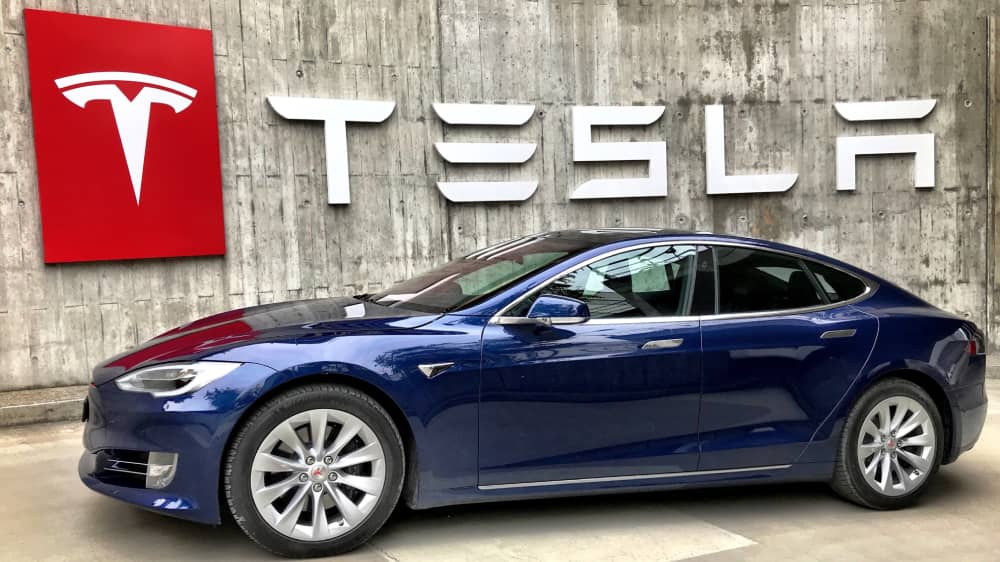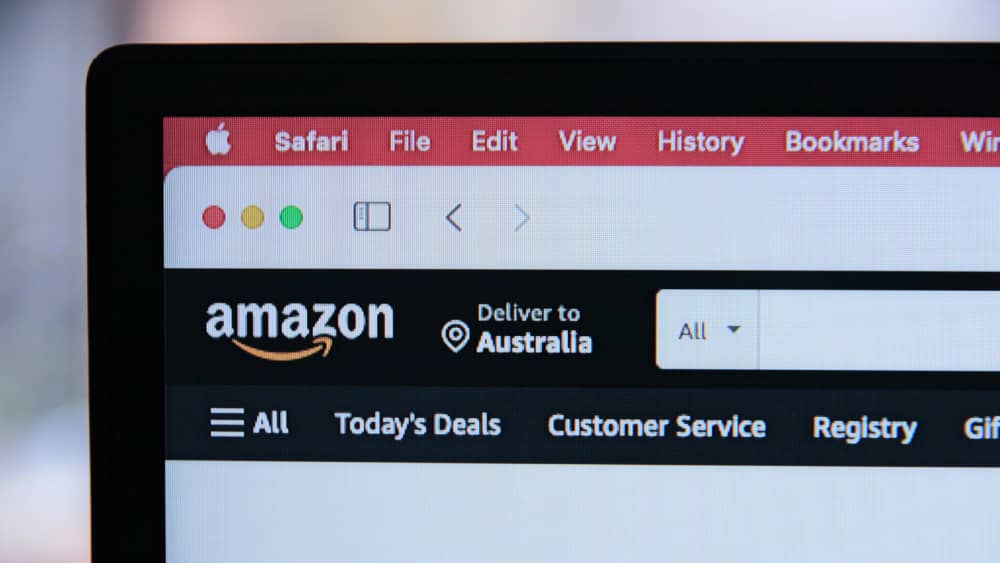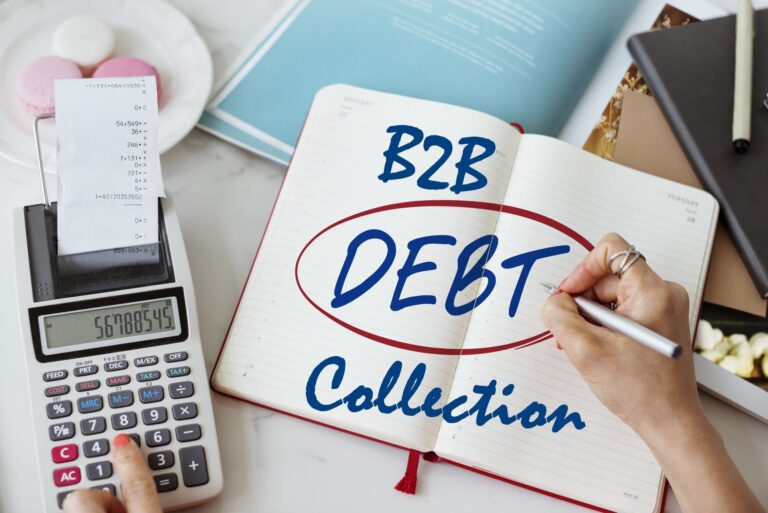8 Effective Business Model Types You Should Know
Ever wonder how companies turn ideas into profit? A business model is the blueprint that makes it happen. It outlines what a company sells, who they sell it to, and how they make money – the secret sauce for success! In this post, we’ll explore 8 different business models you can use to bring your entrepreneurial dream to life.
Common Business Model Types
Retailer Model
The retail business model is a commonly used and relatively early form of the business strategy chosen by stores or retailers when selling products or services. Traditionally, retail stores refer to physical storefronts, but with the development of the internet, many online stores have also adopted this model to create a business.
Common retail business models include wholesalers, retailers, direct sellers, and online stores, among others.
Retailer model case

Retail business model types are ubiquitous in our daily lives, with classic examples such as Walmart, which has opened numerous physical stores worldwide.
Manufacturer Model
The manufacturer model is a commonly used business strategy and approach by product manufacturers in the production and sale of industrial and commercial products. This model requires manufacturers to handle various aspects of a product, including raw material procurement, production processes, and product manufacturing, before ultimately selling the finished product to distributors or directly to consumers.
The manufacturer business model type encompasses several sub-models, such as mass production, custom manufacturing, and semi-custom manufacturing.
Manufacturer model case

This traditional business model is commonly used in the manufacturing industry and typically focuses on processing and production. A well-known example of a manufacturer is the popular global electric car brand, Tesla.
Advertising-supported Model
The advertising-supported model is currently the most common revenue model in the internet industry, and it is also a major source of revenue for traditional media industries. Typically, companies offer free products and services to attract people’s attention, and then generate revenue by displaying advertisements.
This business model type is most commonly used by internet companies, which develop and offer free online products and services, and then incorporate online advertising within them to generate revenue from user clicks on ads.
Advertising-supported business model examples

With the continuous development of the Internet industry, online advertising has become the main revenue model for many Internet products. The best example of this successful business model is Google Search and Google AdSense.
Therefore, the advertising-supported model has been a very popular revenue model utilized by many businesses across various industries, this new business model is most common in the Internet industry. This good business model can capture and maintain a significant user base while also generating revenue.
Distribution Model
The distribution model refers to a business strategy where a company or enterprise distributes its products or services to third-party companies or individuals who act as agents to sell them. These agents are commonly referred to as distributors for their established business. Companies often opt for this model to expand their sales network and boost sales revenue.
For distributors, this business model allows them to have a certain price advantage that can help them win over consumers. However, this can also lead to price competition and potentially harm the company or brand’s reputation.
Distributor model case

The distribution model is widely used by global brands, with various distributors opening physical stores around the world to enhance brand awareness. A classic example is Apple’s third-party sales channels.
Leasing Model
The leasing model, also known as the leasing business model type, this business model means a business activity where the lessor provides assets to the lessee for use, and the lessee pays a commission to the lessor as agreed upon by both parties.
Generally, the leasing model is commonly used in fields such as real estate, automobiles, and electronic devices.
Leasing model case

In the real estate industry, the leasing business model type is quite prevalent, with examples such as residential and office building leasing, as seen in companies like SOHO China and Wanda Group.
E-commerce Business Model Type
The e-commerce business type is a new shopping model that has emerged with the development of the Internet. It utilizes computer network technology and electronic technology to enable consumers to complete traditional shopping transactions online. This includes online retail and wholesale, electronic auctions, online marketplaces, and electronic services, among others.
The main advantages of e-commerce are that it can improve market efficiency, reduce transaction costs, increase sales efficiency, and expand markets. With the booming development of the e-commerce industry, there are many e-commerce models that have emerged, which cannot be covered in detail here.
E-commerce business model case

E-commerce business models are ubiquitous in today’s Internet world, and e-commerce platforms are common types that provide multiple businesses that almost cover every aspect of our daily lives. Amazon is a very typical example of an e-commerce business model.
Subscription Business Model Type
The subscription model has been applied for many years in the traditional magazine and newspaper industry, where users pay a regular or one-time fee to access products and services within a certain period of use. This model is currently mainly used in the fields of software, music, video, and digital publishing. The subscription business model type differs from traditional sales models, as users can access a range of services or content through the subscription model, rather than just a single product.
As the subscription model can bring long-term stable revenue streams to companies or enterprises, it is increasingly being applied to internet products and services.
Subscription business model case

The subscription business model type is quite common in the digital services we currently use, such as online video, online games, and online music, with Netflix being a typical subscription model case. Overall, the subscription business model type is one successful and profitable strategy for many companies, and its popularity is likely to continue to grow in the future.
Sharing Economy Business Model
The sharing economy is a relatively new business model that has emerged in recent years. It involves individuals or companies sharing resources and services to earn some income. In the sharing economy model, various types of assets and services are offered for short-term borrowing or leasing.
The sharing economy makes full use of and fairly distributes idle resources, which helps improve consumers’ quality of life, reduce environmental burdens, and lower usage costs.
The sharing economy model is an economic model based on network and mobile technologies, where individuals and businesses can use shared resources and services to earn income. This model is usually based on short-term borrowing or leasing of different types of assets and services. The main features of the sharing economy are efficient resource utilization, improving consumers’ quality of life, reducing environmental burdens, and lowering costs. This model can be implemented through online platforms or applications, such as car sharing, housing sharing, tool sharing, and well-known sharing economy platforms such as Uber and Airbnb.
Sharing economy business model case

The sharing economy business model is one relatively new and innovative business model, which is commonly found in the internet industry. It usually relies on online platforms or applications, with Airbnb being a well-known example of a housing-sharing service.
What Is A Business Model?
A business model is the fundamental strategy of a company or enterprise that outlines how it creates value and generates profits in the market. The development of a business model encompasses all aspects of a company’s growth, including the products or services it offers to the market, its target customer base, sales, and marketing strategies for its products or services, financial models, and more. In general, the business model is one of the key factors that determines whether a company can achieve success.
History of Business Model Concept Development
Although company and enterprise operations have existed for centuries, the concept of a “business model” emerged only a few decades ago. With the introduction of the concept of a business model, the categories of business models have become increasingly clear. Exploring and understanding more about business models can help individuals or enterprises achieve success more effectively.
1994
The exploration of the concept of business models can be traced back to 1994, when Peter Drucker introduced the business theory in an article published on the Harvard Business Review website. This theory discussed various concepts related to the development goals of companies, market strategies, customer groups, competitors, company values, and development purposes, among others. This can be considered the earliest prototype of the concept of business models.
2002
In the 2002 Internet crisis, Joan Magretta built upon Peter Drucker’s business theory and argued that a business model is essentially a story that describes how a company or enterprise operates. A good business model, according to Magretta, is in line with Drucker’s concept of understanding a company’s target customer group and their value needs. In other words, the story of a business model should clearly articulate how the company creates value for its customers and stakeholders.
The development of the Internet has changed traditional ways of life and work for people, especially with the emergence of personal computers and network electronic spreadsheets. In the past, founders of traditional companies had to manually write and record the company’s plans and accounts. However, with the advent of Internet tools and services like Microsoft Excel, entrepreneurs’ work processes have been completely transformed, allowing for digitization and precision in their work.
A simple electronic spreadsheet can accurately record the costs and profits of a company or enterprise. This evolution in methodology means that the business model for a product or service can be established prior to its actual launch. In order to develop a business model and company framework, products or services can be planned in advance based on data related to recurring revenue, profits, marketing costs, advertising expenses, and other relevant information.
2005
With the transformation of traditional business model development, Alexander Osterwalder and Yves Pigneur developed the Business Model Canvas in 2005, which can be considered the first practical visual tool for business models. This business canvas tool can help entrepreneurs or startup founders pre-plan feasible business strategies, significantly reducing the time it takes to formulate a development strategy for a company or enterprise.
What are the key components of a business model?
When discussing the concept of a business model type, we mentioned that it is a company’s core strategy and covers all aspects of its development. Generally speaking, a business model consists of the following key components:
- Customer Base: Clearly defining the target audience for a company’s product or service and understanding their market needs.
- Product or Service: Developing the type of product or service based on the market demand of the target audience.
- Value Proposition: Clearly defining the value proposition of the company or enterprise.
- Marketing: Develop different marketing strategies based on the target audience.
- Costs and Profits: Controlling costs and maximizing profits based on the market performance of the product or service.
How to evaluate a successful business model?
The success of a business model depends on whether a company can continuously generate profits from its products or services while also meeting the market demand of consumers. For companies seeking funding, investors or venture capitalists place a high value on profitability and the competitive potential of the company’s products or services in the market. Ultimately, the ability to generate profits is critical to the success of any business model.
Business Model FAQ
What is a business model?
A business model is a fundamental strategy for a company or business, outlining how they create value and generate profit. It sets the foundation for a company’s development plan, including target audience, marketing strategy, costs, and profits. A well-designed business model can provide sustained profitability for a company or business. In essence, it is a blueprint that defines how a company operates and makes money.
What are the common business model types?
Commerce has been around for centuries, while the concept of a business model is a relatively new one that has only been around for a few decades. However, there are many types of business models, including retailers, manufacturers, advertising-supported models, and e-commerce models, which are quite common. Of course, with the continuous development of society and technology, new and emerging business models will continue to emerge.
How should I choose a business model?
Many of the business models that are well-known today have already been validated by the market. Therefore, based on your understanding of various business models, you can choose one that is most suitable for your company or enterprise. However, it is possible to prioritize the development of one suitable model first or explore and innovate other business models during the development process. Ultimately, the choice of which business model to pursue depends on your individual circumstances and goals.
What is a business model canvas and why is it important
The Business Model Canvas (BMC) is a strategic management tool that provides a graphical representation of the various elements that make up a business model. It was developed by Alexander Osterwalder and Yves Pigneur and is presented as a visual chart with elements describing a firm’s value proposition, infrastructure, customers, and finances
Explore More: The Evolving Landscape of Business
With these 8 foundational business models in your arsenal, you’re equipped to choose the perfect fit for your entrepreneurial journey. But the possibilities don’t stop here! Dive deeper into the ever-evolving world of e-commerce and explore 14 unique models specifically designed for online businesses: Link to Expert Planet blog post on e-commerce business models







